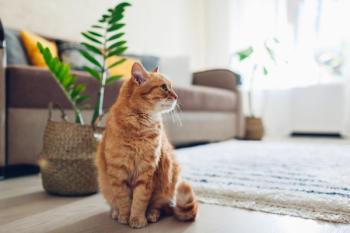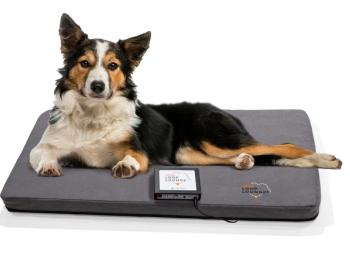Based on these categories and academic research, the following guidelines for doses are:
Superficial
Deep
Analgesic
Anti-inflammatory
For osteoarthritis
For neurological
2/6 J/cm^2
8-10 J/cm^2
Muscle – 2-4 J/cm2 for acute, 4-8 J/cm2 for chronic Joint – 4-6 J/cm2 for acute, 4-8 J/cm2 for chronic
1-4 J/cm2 for acute and subacute 4-8 J/cm2 for chronic
8-10 J/cm2
Muscle – 2-4 J/cm2 for acute, 4-8 J/cm2 for chronic Joint – 4-6 J/cm2 for acute, 4-8 J/cm2 for chronic
Putting it in practice
Now, let's apply what we've covered.
You have the treatment area-for example, 300 cm2. You have a dose-let's say 10 J/cm2 for arthritis.
300 cm2 X 10 J/cm2 = 3,000 J
Let's say your laser puts out 12 W = 12 J/s
3,000/12 = 250 seconds, or just over four minutes
Since you don't want to deliver all 3,000 J to one aspect of the treatment area, I suggest using an overlapping grid technique (what would look like graph paper) to evenly distribute the 3,000 J in as many dimensions to that area as possible. For wounds this may be two dimensions, but for arthritic joints this can often be three dimensions. As you are doing this, keep an eye on your laser's timer to ensure that you're treating all planes and dimensions equally.
The condition's chronicity will also determine how often you repeat those 3,000 J. For acute conditions, this would ideally be once a day for three days, then every other day for three treatments, then twice a week until goals are met. This may also sync well with your wound care and bandage change schedule.
Research on higher doses for some conditions, showing better outcomes
For incisions, evaluating scar score and cosmetics:
A recent study shows that laser therapy increased the scar scale score, improved cosmetic healing by day 7 and continued to significantly increase on day 21 compared to control dogs.1 The dose in the study was 8 J/cm2.
Another study showed regularly scheduled PBMT at 10 to 20 J/cm2 per joint for six weeks was successful in improving lameness and pain scores, and in lowering NSAID requirement in canine elbow osteoarthritis patients.2
With more chronic conditions, I recommend three treatments during the first week, then twice a week until goals are met, then once a week. After that, I would continue to taper to the lowest effective dose. If an arthritis flare occurs, treat as an acute condition and then taper back down.
All of this information should be entered into the patient's medical record for proper tracking. Calculations for dosing photobiomodulation appropriately can be done quickly, easily and should correlate to the settings on your machine.
References
- Wardlaw JL, Gazzola KM, Wagoner A, et al. Laser therapy for incision healing in 9 dogs. Front Vet Sci 2019;5:349
- Looney AL, Huntingforf JL, Blaeser LL, et al. A randomized blind placebo controlled trial investigating the effects of photobiomodulation therapy (PBMT) on canine elbow arthritis. Can Vet J 2018;59(9):959-966.
- Millis D, Levine D. Canine rehabilitation and physical therapy. 2nd ed. Saunders, 2014.
Dr. Matthew Brunke is a diplomate of the American College of Veterinary Sports Medicine and Rehabilitation and practices rehab, acupuncture and pain management at Veterinary Orthopedic & Sports Medicine Group (VOSM) in Annapolis Junction, Maryland.







